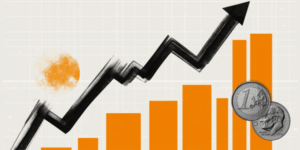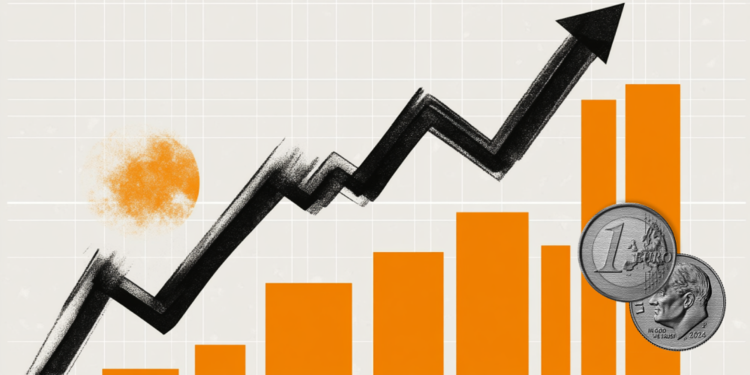The EUR/USD pair gains ground to near 1.1620 during the Asian trading hours on Wednesday. The US Dollar (USD) softens against the Euro (EUR) after remarks from Federal Reserve (Fed) Chair Jerome Powell bolstered wagers on an interest rate cut this month. The Eurozone Industrial Production data for August is due later on Wednesday.
Fed’s Powell said on Tuesday that a sharp slowdown in hiring poses a growing risk to the US economy, suggesting that the US central bank will likely cut its key interest rate twice more this year. His dovish comments weigh on the Greenback and create a tailwind for the major pair. Traders expect the Fed to lower its benchmark interest rate by 25 basis points (bps) to the 3.75%-to-4.00% range and then reduce it again in December.
The US government shutdown has delayed the September jobs report and other economic data. An update on the Consumer Price Index (CPI) is now scheduled for October 24, before the Fed’s October 28-29 meeting.
Across the pond, French Prime Minister Sebastien Lecornu suspended a landmark 2023 pension reform until after the 2027 presidential election in a bid to end the political turmoil that has gripped the country for months.
“I will propose to parliament this autumn that we suspend the 2023 pension reform until the presidential election. There will be no increase in the retirement age from now until January 2028,” said Lecornu. The shared currency edges higher against the USD following the announcement.
Traders will take more cues from the speeches from Fed officials later on Wednesday, including Stephen Miran, Christopher Waller and Jeff Schmid. Any hawkish remarks from the policymakers could lift the USD and cap the upside for the pair in the near term.
Euro FAQs
The Euro is the currency for the 19 European Union countries that belong to the Eurozone. It is the second most heavily traded currency in the world behind the US Dollar. In 2022, it accounted for 31% of all foreign exchange transactions, with an average daily turnover of over $2.2 trillion a day.
EUR/USD is the most heavily traded currency pair in the world, accounting for an estimated 30% off all transactions, followed by EUR/JPY (4%), EUR/GBP (3%) and EUR/AUD (2%).
The European Central Bank (ECB) in Frankfurt, Germany, is the reserve bank for the Eurozone. The ECB sets interest rates and manages monetary policy.
The ECB’s primary mandate is to maintain price stability, which means either controlling inflation or stimulating growth. Its primary tool is the raising or lowering of interest rates. Relatively high interest rates – or the expectation of higher rates – will usually benefit the Euro and vice versa.
The ECB Governing Council makes monetary policy decisions at meetings held eight times a year. Decisions are made by heads of the Eurozone national banks and six permanent members, including the President of the ECB, Christine Lagarde.
Eurozone inflation data, measured by the Harmonized Index of Consumer Prices (HICP), is an important econometric for the Euro. If inflation rises more than expected, especially if above the ECB’s 2% target, it obliges the ECB to raise interest rates to bring it back under control.
Relatively high interest rates compared to its counterparts will usually benefit the Euro, as it makes the region more attractive as a place for global investors to park their money.
Data releases gauge the health of the economy and can impact on the Euro. Indicators such as GDP, Manufacturing and Services PMIs, employment, and consumer sentiment surveys can all influence the direction of the single currency.
A strong economy is good for the Euro. Not only does it attract more foreign investment but it may encourage the ECB to put up interest rates, which will directly strengthen the Euro. Otherwise, if economic data is weak, the Euro is likely to fall.
Economic data for the four largest economies in the euro area (Germany, France, Italy and Spain) are especially significant, as they account for 75% of the Eurozone’s economy.
Another significant data release for the Euro is the Trade Balance. This indicator measures the difference between what a country earns from its exports and what it spends on imports over a given period.
If a country produces highly sought after exports then its currency will gain in value purely from the extra demand created from foreign buyers seeking to purchase these goods. Therefore, a positive net Trade Balance strengthens a currency and vice versa for a negative balance.
Read the full article here



